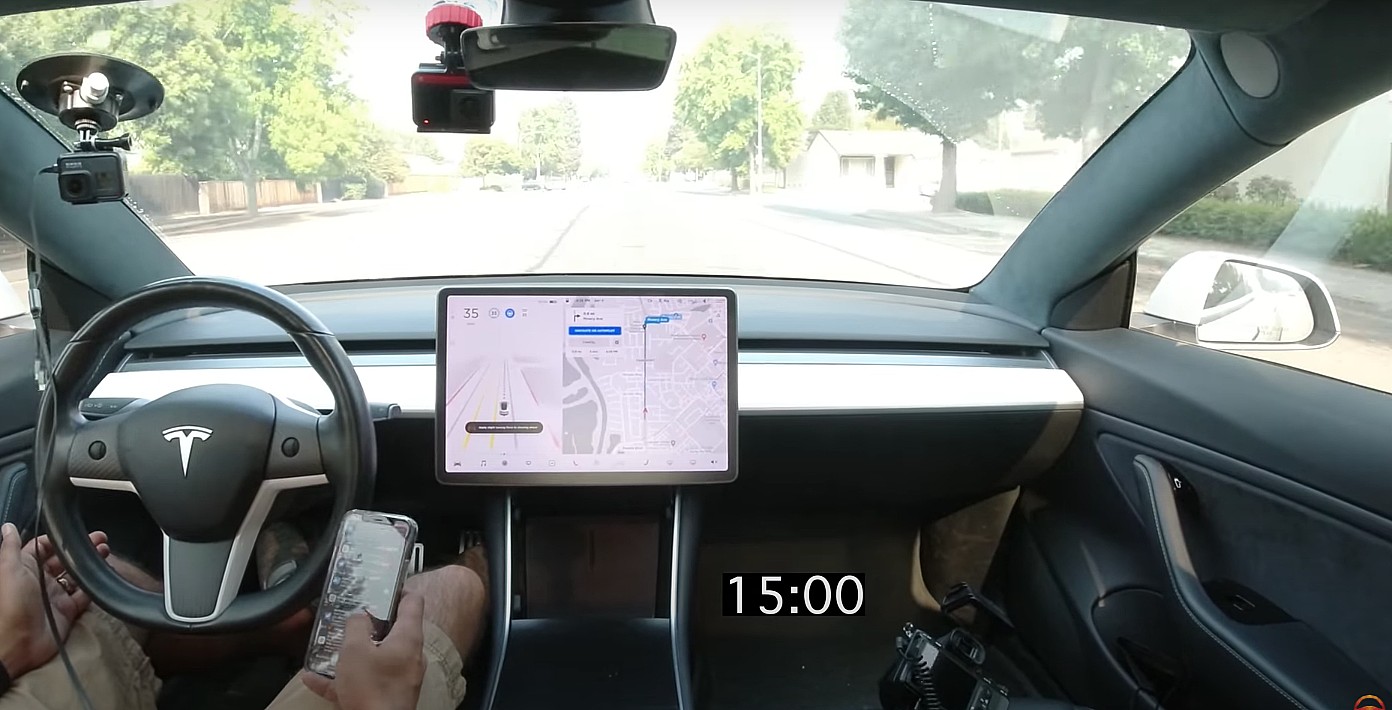But generally speaking, if you drive without a seatbelt or with one of those clips to silence the buckle, it's illegal,
The clips are not illegal. They disable a chime, and there is no state law requiring the chime to drive on the roads.
Driving without a seatbelt is illegal in 49 states.
But notice that is a SPECIFIC thing. A seatbelt.
There is no generic law that says "disabling a safety device is illegal." Only disabling a specific safety device.
To do so generically would require.... Defining safety devices.
It would also mean that that if any safety device broke, you would be required to pull over to the side of the road and have the car towed to be fixed immediately. For people that want safe use of AP to be about personal responsibility and think NHTSA looking into AP crashes is a government overreach, wanting the government to make any disabling of any "safety" device illegal is mind numbing logic.
What we are discussing here is if AP is a "safety device." Of course it is. It's ADAS, and ADAS technologies are safety devices. You can't play with words here and try and say that when AP fails, it's no big deal because it's a convenience device, not a safety device, and the human was supposed to be paying attention, so the failure of the technology is no big deal and the driver was an idiot.
An airbag, ABS, or stability control would all fall into the same category. You're saying that if a crash occurs, the airbag does not go off, it's no big deal as long as the manual says "don't rely on the airbag"? The driver was just a dummy for getting into an accident and over-relying on the airbag?
And of course, if you want to argue that AP is just convenience then the weight devices on the steering wheel are not illegal, because they are just tricking a convenience device, not a safety device. The same will be true of tricking the driver monitoring related to AP. Why would it be illegal to override a convenience feature? Are you saying driver monitoring that is only active when AP is engaged is a safety device, but AP itself is not?
Tesla is going to get absolutely nowhere with Autopilot if they aren't on the path of acknowledging it as having some level of reliability, and Tesla having some kind of liability when it does not perform well. How does anyone think they will ever get to L3+ if the ongoing attitude is "it's convenience!" AP is squarely in the same category as all non-autonomy devices right now- it is supposed to help with the task of driving, and be a backup to the failures that real humans have. What is AP's value if it requires an equally attentive driver as without, and it offers no backup/harm reduction to human failures? Just a neat technical demo? If so, when do you think Tesla will move on from that and start officially acknowledging it as a harm reduction technology, and that the conversation can change from "that driver was an idiot for not obeying the clear manual" to "What a shame that AP wasn't able to save that real human driver that made a mistake that time, but on average, it's still a net positive and hopefully will continue get better?"






